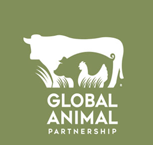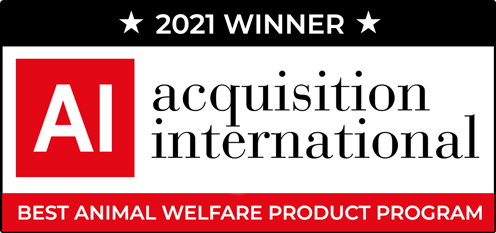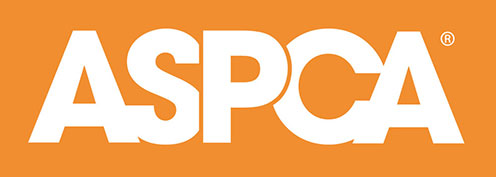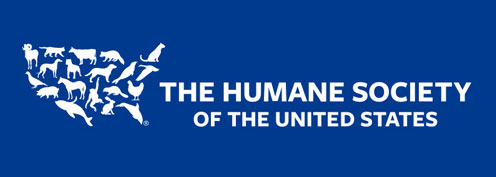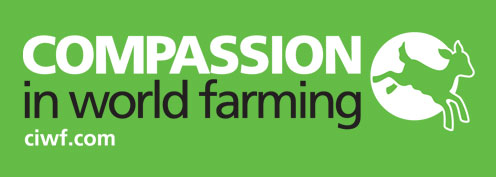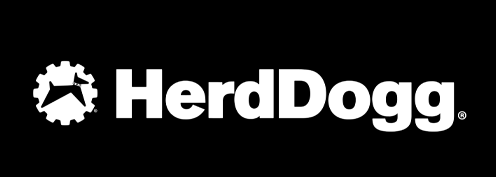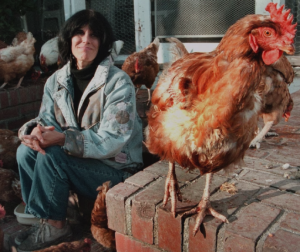
Over the past several months, the G.A.P. team, along with our Better Chicken Project Technical Working Group, have been busy drafting the protocol and process that will be used to determine eligibility of broiler chicken breeds for use in the G.A.P. Program. As you recall, in April 2017, G.A.P. provided funding to the University of Guelph (UofG) so that an independent, multi-disciplinary research project assessing 16 different genetic strains could be conducted. The study took 2+ years to complete, and was led by researchers Drs. Tina Widowski and Stephanie Torrey at the UofG, in Ontario, Canada, but included additional researchers from UofG and other academic institutions. The study was the first multi-disciplinary project to include behavior, physiology, anatomy, production, and meat quality together into one research project.
As G.A.P. prepares to publish our broiler chicken assessment protocol, we wanted to answer some questions we’ve been fielding from consumers, G.A.P. farm partners, and other stakeholders of our program.
Why did G.A.P. provide funding to the University of Guelph to conduct an independent broiler welfare study?
G.A.P.’s mission is to change the way our food is raised by positively impacting the lives of animals raised for food. We believe that breed is the foundation to ensuring good welfare. G.A.P.’s standards have always been based in science so when it came to finding a way to determine “better” broiler breeds for the G.A.P. program; we, once again, turned to science for the answers.
G.A.P.’s tiered animal welfare standards have always included requirements for the management, diet, and environment of the birds; but breed also contributes to animal welfare outcomes. The breeding of broiler chickens for greater meat yields and efficiency has had unintended consequences for the health and welfare of the birds, as well as on meat quality. Have you bought a chicken breast and seen white stripes over the top of the breast or experienced a piece of the breast that was unusually hard? These conditions known as “white striping” and “woody breasts” are muscle myopathies that occur in modern-day broiler chickens.
What’s clear is that there’s no simple solution, and that a multi-disciplinary approach was needed. The University of Guelph was uniquely positioned in their scope to be able to conduct just the type of study G.A.P. needed to lead with a solution.
What is an independent research study? How is the data collected and reported?
When G.A.P. provided funding to the University of Guelph for this research project, G.A.P. communicated to the research team that the data was to be published and presented through the usual channels scientists and their students use to disseminate their results. Moreover, while G.A.P. provided the researchers with a list of the information we were interested in having included within the project, the researchers designed, and ran the various research trials as they saw fit. As an independent research project, the University owns the research and process, and was free to conduct the entire multi-year experiment as they designed. This also means that the University of Guelph owns the data and results as their intellectual property. The researchers and their students have been presenting the results of the project as data became available, and are now publishing the findings through peer-reviewed scholarly publications.
What is G.A.P.’s Better Chicken Project and how does it differ from the Better Chicken Commitment?
G.A.P. is a program – and, as a program, we wanted to lead change, which is why we came up with the solution of fielding an independent study. In order to drive change, we also acknowledge that it takes mobilizing and collaborating multiple stakeholders to share in our vision. And that is why we formed the Better Chicken Project. The Better Chicken Commitment is a collation of animal advocacy groups (like ASPCA and Humane Society of the US) also concerned about this issue. They’ve identified requirements in their ‘ask’ which align directly with G.A.P. standards and the breeds we identify through this process. It’s important to note that G.A.P. has specific requirements for our program that are more than just the 5 requirements identified in the Better Chicken Commitment policy. G.A.P. also supports businesses who want to make commitments to sourcing G.A.P. Animal Welfare Certified chicken raised to G.A.P.’s new Broiler Chicken Standards. We work with brands, manufacturers, processors, foodservice, and retailers to ensure that the G.A.P. claim is maintained from farm to fork.
The quick answer is that both G.A.P.’s Better Chicken Project and the Better Chicken Commitment have the same purpose: to positively impact the lives of broiler chickens and shift production away from broiler breeds that result in poor animal welfare outcomes. The goal is to get enough brand, retailer, and foodservice commitments so that we can bring more and more producers onboard to raise better breeds of broiler chickens that result in better lives for chickens and better meat quality for consumers.
Will G.A.P. only certify the breeds that were tested (and meet the new Protocols) of the Guelph Study?
No! Although we will soon publish a list of breeds that meet G.A.P.’s Better Chicken Project Protocols soon, our list is not meant to be exhaustive. This first list is compiled using the results from the birds tested in the University of Guelph study. We invite all breeding companies to test any breeds they believe will meet our Better Chicken Project framework. The more the merrier! We do, however, require that the breeds be tested at an accredited research facility approved by G.A.P. to ensure that the birds are evaluated to our protocol correctly. Email info@globalanimalpartnership.org with any inquiries. We will also be updating our Better Chicken Project page to include a facility pre-application in the coming weeks to jumpstart the process.
What’s next?
We will be meeting with current G.A.P. Chicken partners about the breeds they are currently raising and work with them on an implementation/transition plan that will be fully detailed when version 4 of our Broiler Chicken Standard is released in 2022.
If you are a new supplier or producer who is interested in getting your operations certified, please email us at info@globalanimalpartnership.org and a G.A.P. Team member will be in touch. We look forward to working with you!
If you are a company who has made a commitment to the Better Chicken Commitment to source G.A.P. Certified chicken under the new standard, thank you! We look forward to working with you. Please email us at info@globalanimalpartnership.org and a G.A.P. Team member will be in touch. We want to make sure you are included in our implementation plan communications going forward.
If you are a consumer, you are so much closer to purchasing more high-quality, G.A.P. Animal Welfare Certified chicken at a restaurant and retailer near you! Lots of companies are committing to sourcing our chicken so that’s great news for chicken lovers! Please help us spread the word! Join our mailing list by scrolling down to the bottom of this webpage and entering your email address where it says ‘Get the G.A.P. Newsletter’, follow us on social media – Twitter, Facebook, LinkedIn, and Instagram, and tell a friend. Your support matters. Thank you for always helping us #MakeitGAP!
